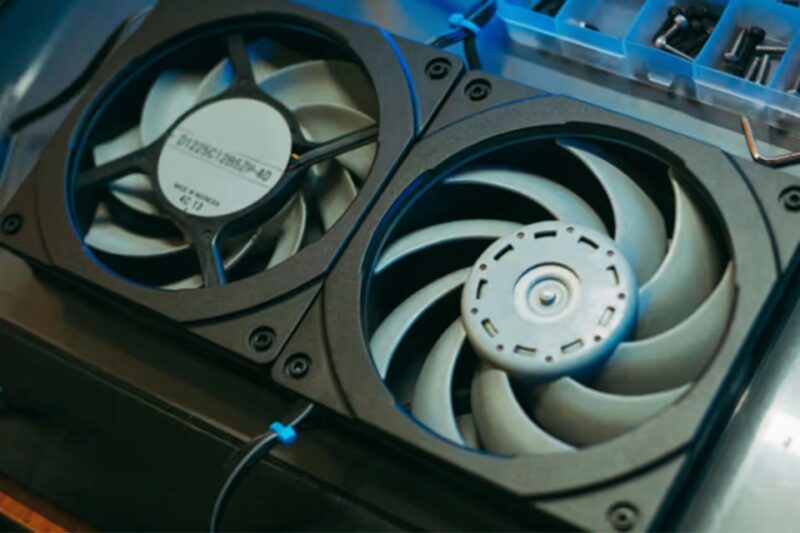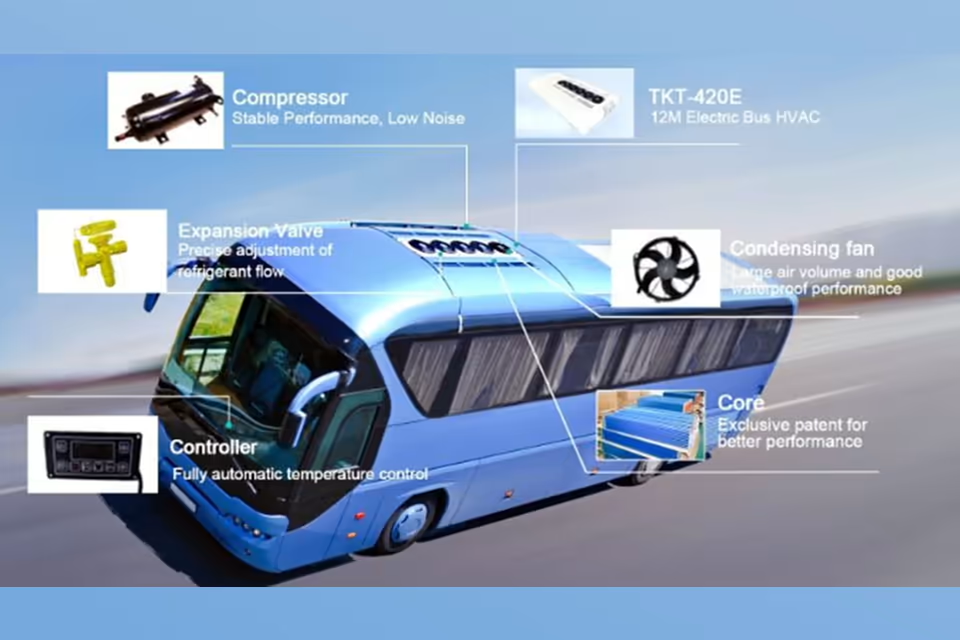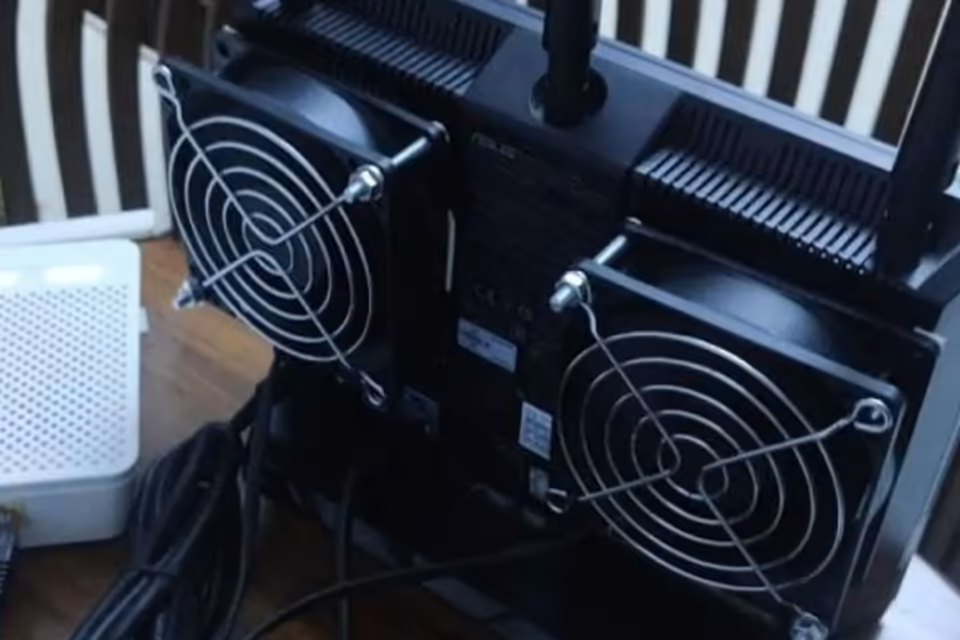In the intricate ecosystems of electronic devices and vehicles, cooling fans are the unsung heroes, the silent sentinels tirelessly working to dissipate the damaging heat generated by internal components.
However, like all mechanical components, they are not infallible. A sudden failure can lead to a cascade of problems, from system shutdowns and data loss to catastrophic engine damage.
Understanding the root causes of cooling fan burnout and failure is paramount for anyone looking to extend the life of their valuable equipment. The culprits are varied, ranging from insidious dust bunnies to complex electrical gremlins.
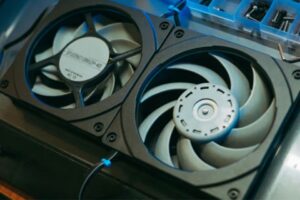
The Electrical Underpinnings of Failure
A significant portion of cooling fan failures can be traced back to the intricate electrical systems that power and control them. A blown fuse is often the first and most obvious sign of an electrical issue.
Fuses are designed to be the sacrificial lambs, protecting the fan motor from excessive current. A surge in power or a short circuit will cause the fuse to blow, immediately cutting power to the fan.
Closely related to fuses are relays, which act as electromagnetic switches. The engine control unit (ECU) or a temperature sensor sends a signal to the relay, which then allows power to flow to the fan motor. Relays can fail due to age, corrosion, or an electrical overload, preventing the fan from activating when needed.
Modern cooling systems also rely on a network of sensors, primarily coolant temperature sensors, to determine when the fan needs to be activated. A faulty sensor might not send the correct signal to the ECU, leaving the fan inactive even as temperatures rise to critical levels.
Furthermore, issues within the wiring harness, such as corrosion, frayed wires, or loose connections, can interrupt the flow of electricity to the fan motor, rendering it useless.
Even seemingly minor issues like unstable voltage or poor-quality power supplies can stress the fan’s motor and electronics over time, leading to premature failure.
The Mechanical Grind: Wear, Tear, and Obstructions
The constant motion of a cooling fan inevitably leads to mechanical wear and tear, a primary contributor to its eventual demise. The bearings, which allow the fan blades to rotate smoothly, are particularly susceptible to failure.
There are several types of bearings used in cooling fans, each with its own lifespan and failure characteristics.
- Sleeve Bearings:These are a cost-effective option but have a shorter lifespan, typically around 30,000 to 40,000 hours. They are prone to wear and can become noisy over time as the lubricant dries out. Their performance is also sensitive to orientation.
- Ball Bearings:Offering a longer lifespan of 60,000 to 75,000 hours, ball bearings are more reliable and can be mounted in various orientations. However, they can be slightly noisier than other types and are more susceptible to damage from physical impact.
- Fluid Dynamic Bearings (FDB):Considered the gold standard, FDBs have an exceptionally long life expectancy of up to 300,000 hours. They operate with a thin film of pressurized fluid, resulting in minimal friction and wear.
Beyond the bearings, the fan blades themselves can become a source of failure. An imbalance in the blades can cause excessive vibration, leading to premature wear on the motor and bearings.
Physical obstructions, such as accumulated dirt, debris, or even a stray cable, can impede the fan’s rotation, putting a strain on the motor and potentially causing it to burn out. In automotive applications, road debris can physically damage the fan blades, leading to immediate failure.
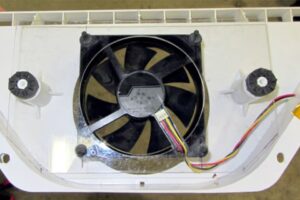
The Environmental Assault: Dust, Corrosion, and Heat
The environment in which a cooling fan operates plays a crucial role in its longevity. The accumulation of dust and debris is a universal enemy of cooling fans. This buildup can restrict airflow, forcing the fan to work harder and leading to overheating of the motor. Dust can also work its way into the bearings, accelerating wear and causing them to seize.
Corrosion is another significant environmental threat, particularly in humid climates or in applications where the fan is exposed to moisture. Corrosion can attack electrical connections, leading to intermittent or complete failure. In some cases, corrosive elements in the air, when combined with humidity, can even damage the internal printed circuit boards (PCBs) of the fan.
High ambient temperatures also put a strain on cooling fans. When the surrounding air is already warm, the fan must work harder to achieve the necessary cooling effect, leading to increased wear on the motor and bearings.
Symptoms of a Failing Fan
Fortunately, a failing cooling fan often provides warning signs before it gives up completely. One of the most common symptoms is overheating of the device or engine, especially during periods of low airflow, such as idling in traffic.
Unusual noises, such as grinding, rattling, or a high-pitched whining, can indicate a problem with the fan’s motor or bearings. A visual inspection may reveal that the fan is not spinning at all, or is spinning much slower than usual. In some cases, a failing fan can lead to reduced performance of other systems, such as a car’s air conditioning.
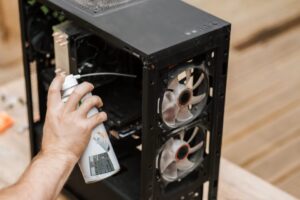
A Proactive Approach to Fan Maintenance
While some level of wear and tear is inevitable, proactive maintenance can significantly extend the life of a cooling fan. A regular cleaning schedule to remove dust and debris from the fan blades and housing is essential. For accessible fans, using compressed air can be an effective way to dislodge accumulated dirt.
A preventative maintenance checklist can be a valuable tool:
Monthly
- Visually inspect the fan for any signs of physical damage.
- Clean the fan blades and housing of any dust and debris.
- Check for any unusual noises during operation.
- Ensure that belts (if applicable) have the proper tension and are not worn.
Quarterly
- Check for any vibrations, which could indicate an imbalance.
- Inspect electrical connections for any signs of corrosion or looseness.
Annually
- Lubricate the motor bearings according to the manufacturer’s recommendations.
- For critical applications, consider a professional inspection and servicing.
By understanding the diverse causes of cooling fan failure and adopting a proactive maintenance approach, we can ensure these vital components continue to perform their silent but crucial duty, safeguarding our technology and machinery from the ever-present threat of heat.

